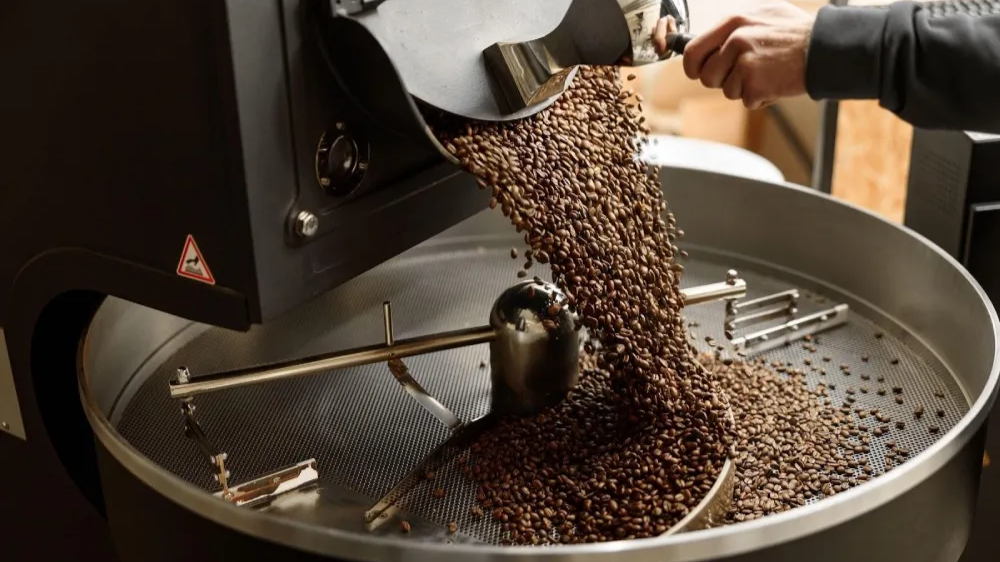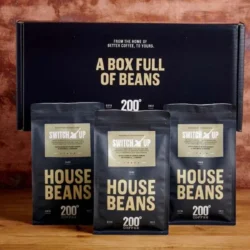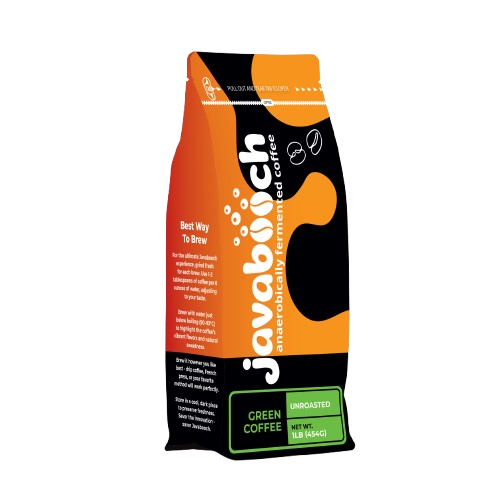So you’ve started roasting coffee.
Maybe you’re selling a few bags locally or online.
But now you’re wondering: “How do I turn this into a real business?”
In this post, we’ll cover the exact steps to grow your coffee brand beyond the kitchen, into a sustainable, international business.
1. Master Your Core Product First
Before going global, ensure your product is:
- Consistent in taste and roast level
- Shelf-stable with proper packaging
- Labeled clearly for origin, flavor notes, and compliance
- Loved by a core group of customers (even if small)
🎯 If you can’t win on your block, you won’t win on the world stage.
2. Streamline Small-Batch Fulfillment
You need operations that:
- Handle 50–200 orders per month reliably
- Print and apply shipping labels quickly
- Store beans in a cool, dry space
- Track inventory in real-time
- Include tracking emails and support responses
💡 Use tools like:
- ShipStation, Pirate Ship (for affordable U.S. shipping)
- EasyParcel (Africa/Asia)
- Shopify, WooCommerce, or SendOwl for sales automation
3. Outsource Non-Essential Tasks Early
To scale, you must delegate.
Outsource:
- Label design
- Social media scheduling
- Website development
- Order packing (with a fulfillment partner)
- Accounting and VAT compliance
🧠 Focus on branding, relationships, and strategy. That’s your CEO job.
4. Identify Your Most Profitable Channel
Don’t try to sell everywhere at once.
Choose your main growth engine:
- Direct-to-Consumer (DTC) on your website
- Subscription boxes
- Wholesale to cafés or offices
- Amazon, Etsy, or Fairmondo
- Farmers’ markets & local fairs
🪙 Tip: Subscriptions = recurring revenue = better cash flow for scaling.
5. Develop Export Partnerships
Ready to go beyond borders?
Start by:
- Researching import laws in your target countries
- Getting FDA, EU, or other regulatory certifications
- Partnering with export logistics agents or coffee brokers
- Identifying retailers or distributors abroad looking for unique roasts
🌍 Africa has immense potential in origin branding. Kenya, Ethiopia, Uganda? Use it.
6. Build a Repeatable Sales System
Sales should become a machine, not a miracle.
Your funnel might include:
- Organic traffic or paid ads to landing pages
- Lead magnets like a free e-book or quiz
- Automated email sequence introducing your story
- Limited-time offers or bundles
- Customer reviews and upsells
🔁 Repeat. Optimize. Grow.
7. Protect Your Brand Legally
As you grow:
- Trademark your brand name and logo in key markets
- Register domain names (.com, .co.ke, .coffee)
- Create clear supplier contracts
- Get liability insurance if needed
🛡️ Scaling without protection = future headache.
8. Understand International Pricing & Margins
Factor in:
- Import/export duties
- Freight and warehousing costs
- Currency exchange
- Distributor cuts (typically 20–40%)
🧾 Know your cost per pound from roast to doorstep.
If margins are too thin, refine your offer, not just your price.
9. Stay Authentic While Scaling
Growth shouldn’t erase your brand soul.
Keep:
- Your origin story front and center
- Consistent design and tone
- Real connection with your first 100 customers
- Ethical sourcing and direct-trade values
❤️ Big doesn’t have to mean boring or corporate.
10. Want Help Scaling Smarter?
Scaling a coffee brand is a journey—logistics, marketing, partnerships, and packaging all matter.
If you’re serious about growth but overwhelmed by options:
👉 Join my Coffee Brand Masterclass where I break down:
International sales
Supplier relationships
Pricing models
Fulfillment workflows




